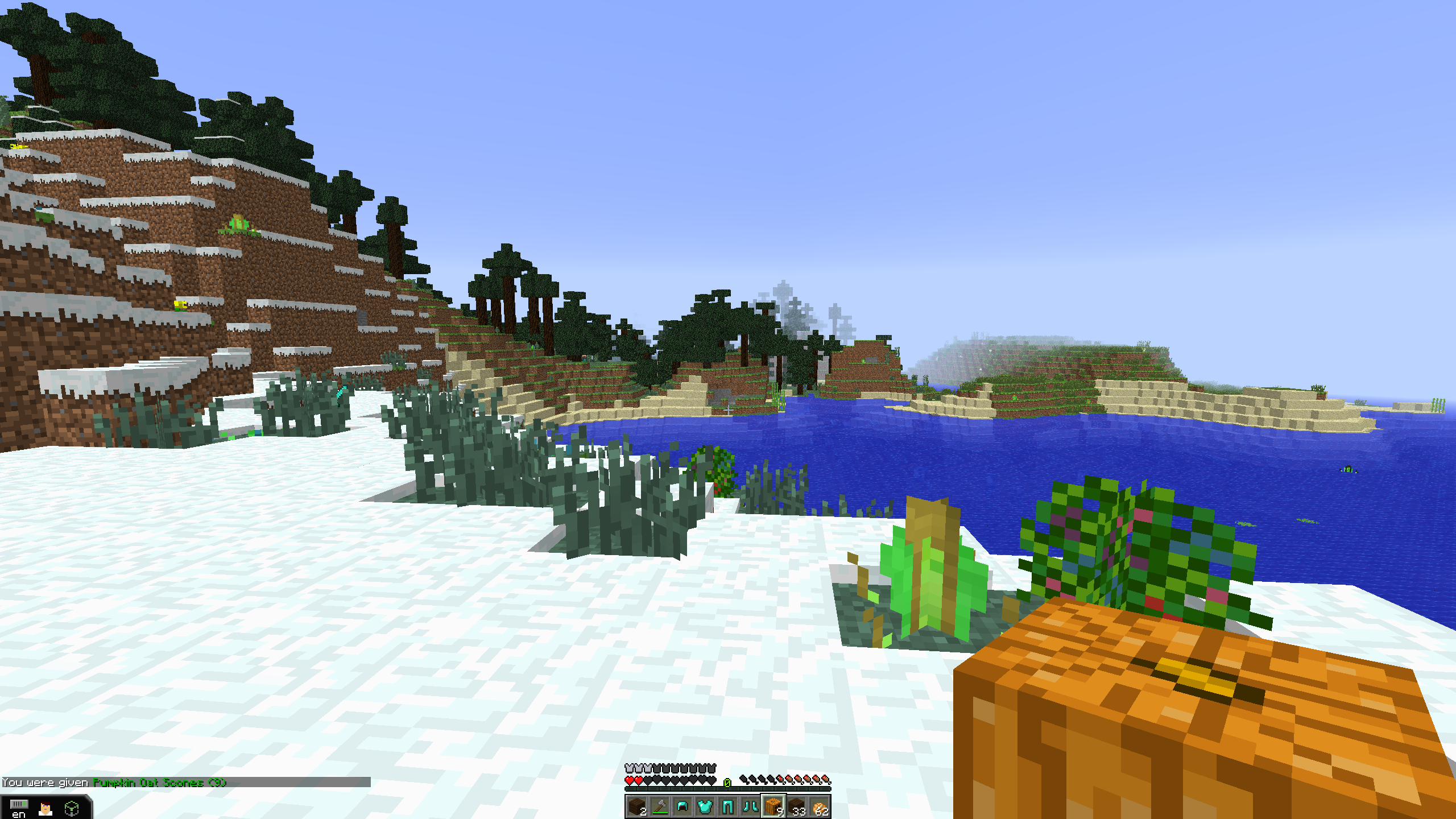
Minecraft is a 3D procedurally generated video game that allows players to build virtual worlds with a variety of different blocks. Players exchange IP addresses to invite others into their virtual world. As such, players require cooperation and creativity from players.
How can Minecraft be used as an Educational tool?
Minecraft touches upon many of the BC Core Competencies
- Communication through team building and cooperation with others
- build a sense of community both figuratively and literally as players build virtual words together
- collect and pool resources to build things
- at times, everyone has to be doing the same thing in order to advance (e.g. sleeping)
- Creative and critical thinking through designing worlds and problem solving
- there are fast ways to do things, or player can learn why they do things which is more sustainable for the longevity in the game
- Personal and social responsibility through reflective teamwork
- Players gain awareness of their impact and responsibility to themselves and their team
- Share food for group survival, build fences to keep in livestock, etc.
Minecraft also touches upon key topics in Curricular Competencies
- Math: work with x-y coordinates, equations, and patterns to build things
- Science: physics and environmental aspects
- Physics: players work with machines and pulleys to build and move buildings
- Environment: lessons on sustainability are built within the game. Players have to take care of their world (eg. if they harvest a tree correctly then the leaves create saplings, which go on to build an entire forest)
- However, there is the innate idea in the game that the world is infinite
- Social Studies: build and reflect on the creation of civilizations
- players develop a hierarchy and system of procedures
- teachers can instruct students to build civilization in biomes similar to those they are studying in class. Can visualize the challenges presented in that space and time?
New Zealand students are learning Indigenous Māori culture and practicing empathy and collaboration with a special Minecraft worlds and lesson called Ngā Motu.
Do teachers need to be experts in order to teach Minecraft?
No. Teachers should know a little bit about controlling the game and helping, but students will likely learn more, and different things from you and one-another. They become the leaders and help each other.
What is the impact of screen time on social interactions?
Many people argue that Minecraft is perpetuating antisocial behaviours because players are locked into their screens, however, step foot into a Minecraft classroom and you’ll notice right away that it is not a quiet game. Players constantly talk to each other as they work together to move through their worlds and construct new aspects. Players ask questions, and are required to communicate in order to work together.
How do you assess learning on Minecraft?
Stop and listen. You can get formative reflection by listening for the languages of the core competencies. Who are on task, who are the helpers? Who works well together? Minecraft brings out a different side of students, those who are quiet or shy become vocal and leaders who speak with authority.
Can also do student self reflection, where they need to justify their world, explain problems they came across, how they overcame problems, how they worked together.
Resources:
For tutorials and insider tips on Minecraft, youtube DanTDM

Leave a Reply